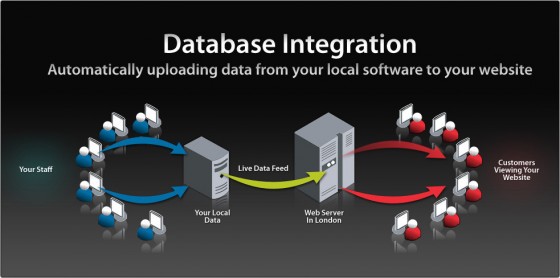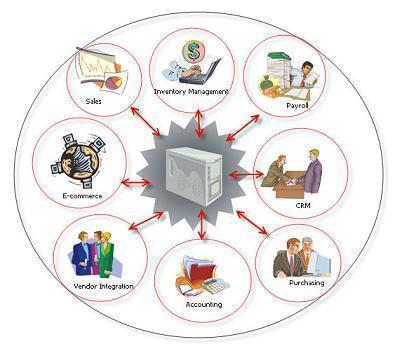Database integration means that multiple different applications have their data stored in a specific database – the integration database – so that data is available across all of these different applications. In other words, the data is available between two different parties and therefore, can be easily accessed and implemented into a different application without having to transfer to a different database.
For the database integration to work successfully, it needs to have a plan that allows for all of the client applications to be taken into account. Whether the scheme is more complex, general or both is irrelevant because a separate group controls the database to negotiate between the numerous different applications and the database group. In other words, this plan makes it possible for all the applications to be grouped together into that one database group.
Why is Database Integration Necessary?
The fundamental reason that database integration is necessary is because it allows for data to be shared throughout an organization without there needing to be another set of integration services on each application. It would be a tremendous waste of resources if each application needed something to convert the data into data it can read. By using database integration, it allows for the information to automatically be integrated so if, at any time the data is needed, it can be pulled up and accessed.
On top of that, it helps when two companies that are merging have their data integrated because when their databases come together, the data can mesh easily. If the data wasn’t integrated, an server manager would have to go in and manually integrate everything which can become a hassle and, as previous mentioned, result in a waste of resources. Therefore, integrating before a merger is definitely ideal.
Another application that database integration can be used for is in the scientific community. When collecting data, a scientist might use one application for one bit of data. Then, he’ll go to a different application for a different bit of data. By having database integration, the data becomes readily available across the spectrum without there needing to be any wasted time. This results in more successful experiments.
All in all, database integration is becoming a technology that more companies are investing in, especially as the quantity and connectivity of data increases. As people need to access more data and share data between departments, companies have realized that have all the data integrated on a database is an incredible time saver.




Follow Us!